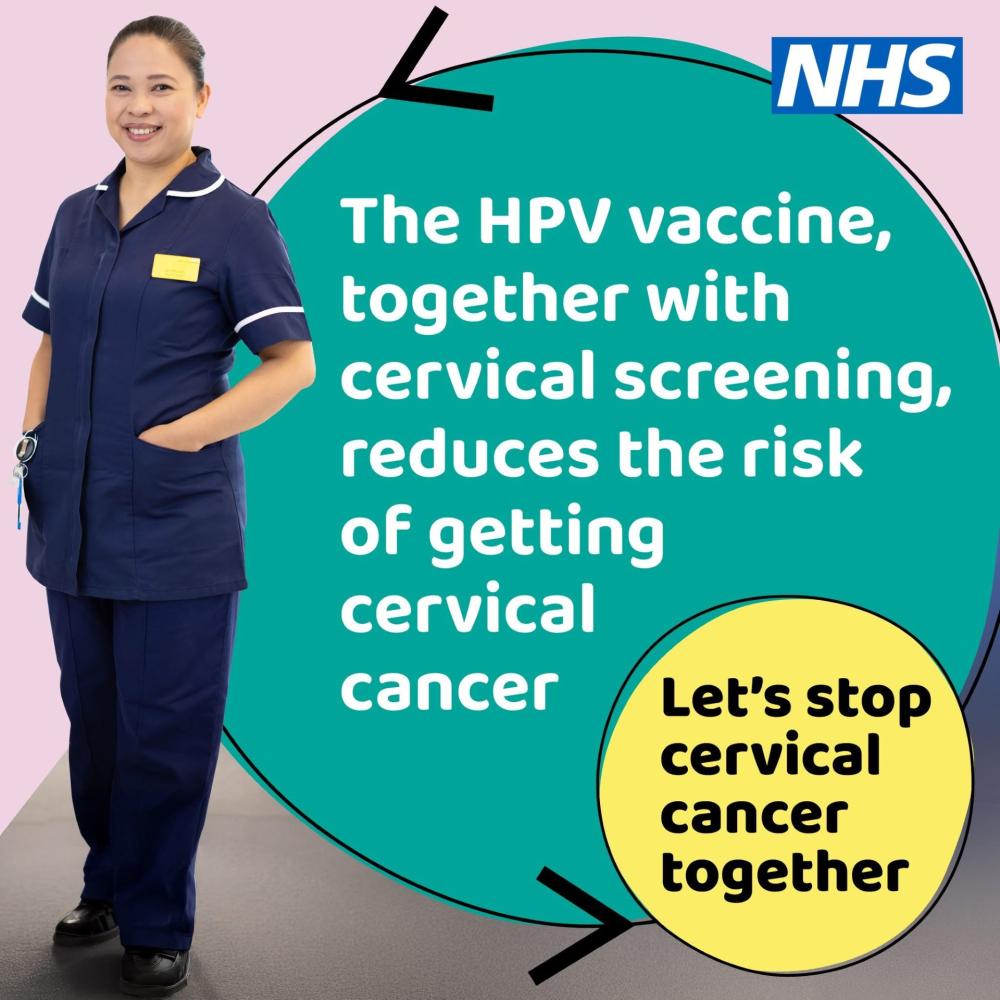Everybody needs a chance to renew themselves and recover from the negative effects of an illegal substance. Substance abuse users need a way to rehabilitate to become productive again in the community. However, recovery always depends on the individual. Several factors need to be considered for effective rehabilitation. To address this predicament, there are numerous relapse programs available at some institutions. These programs vary depending on the needs of the patient.
Types of Treatments and Programs
Inpatient Treatment
Inpatient treatment provides thorough counseling and medication within a short period, constituting 30 days on average. Other rehabilitation centers offer 60 to 90-day programs as well. This treatment is commonly performed at the institution where assistance is provided by medical and trained personnel. Some even have family programs to help family members in recovering from the predicament too.
Residential Treatment
This program provides a diligent program for rehabilitating a substance user within a longer term of 71 days, on average. In this program, the community is utilized as the foundation for the program. Such programs are often done via peer counselors more often than medical staff or through medications.
Medical Detox Treatment
This treatment uses medications to for the rehabilitation process for relieving the pain during the transition period and are mostly combined with psychosocial therapies. The average duration of this program spans for a year, with studies indicating an average of 227 days for successful treatment.
Outpatient Treatment
Outpatient drug-free treatments are programs that employ counseling methods versus medication for eradicating the problems of addiction. A person with substance use disorder is not confined within any space with the treatment going an average of 164 days. According to experts in Calusa Recovery Center, outpatient treatment offers an advantage of flexibility for those attempting to return to work or school. It consists of going through group and individual therapy sessions with some centers offering other types of therapy such as art and adventure!
Effectiveness of Rehabilitation Programs
As per the data of the National Institute on Drug Abuse (NIDA), the outcome of research indicates that comprehensive drug treatment programs are successful similar to those who were treated for other chronic diseases, such as asthma, diabetes, and hypertension. The NIDA research also manifested that treatment programs for illegal substance abuse can generate the following results:
-
Decreased arrests for criminal acts by 40%
-
Decreased drug use by 40% to 60%
-
Improve job hunting prospects resulting in employment by 40%
-
Methadone treatment diminished criminal behavior by 50%
-
Minimize the risk of HIV infection
However, a positive result is not always to be expected. NIDA also pointed out that the outcome of rehabilitation programs depends on various factors such as the degree and nature of the person with an addictive disorder. Furthermore, even with a guaranteed and efficient plan, it largely depends on the will power of the person and the support they have. For the effectiveness of a treatment, the Office of National Drug Control Policy's Treatment Protocol Effectiveness study discovered that it could be successful when those who abuse drugs maintain their treatment. Adding to a program's success is if other services, such as addressing mental and psychological needs, can also be integrated with the treatment.
Rehabilitation programs do not always guarantee a 100 percent success. Depending on the nature and needs of the person with the disease of addiction, various programs to help them are available. Although studies have shown the positive effects of treatments, there would always be a possibility of failure. However, when a patient has a relapse, it does not necessarily mean that the treatment program is already a failure. This indicates that continuous evaluation and modification, as deemed necessary, should be applied. Similar to treatments for those with chronic diseases, a retention program is advised, coupled with evaluation. For a person who suffers from addiction, lapses to drug abuse is not a failure, but may rather indicate that treatment should be adjusted, reinstated, or that a different treatment program may be required.







